Everyone’s talking about processed food lately.
There’s this Wall Street Journal article from August. This one from The Atlantic 2 days ago.
Even the Onion.
As I creep toward 35 and think more about my health (and fertility…), I’ve been wondering:
Why is it so hard for me to drink enough water? Should I bake my own bread? Why does everything have plastic???
So here’s what we’re drinking (and thinking) about this week:
Pour Decisions
While I’ll think about the sugar in a cocktail or the carbs in a beer, I rarely think about what’s in my wine.
You might be thinking, “Well, isn’t it just…grapes? Maybe some sulfites?”
But the U.S. government allows 72 different additives in wine…and none of them have to be listed on the label (yet).
If your wine did have a nutrition label, it might list ingredients like:
Sugar
Citric acid
Yeast
Dairy
Tannin powder
Oak essence
Calcium carbonate
Polyoxythylene 40
Mega Purple (yes, that’s real)
“Hold on. There’s dairy in my wine? And wtf is Mega Purple?”
Welcome to the world of wine additives.
Some of these are harmless or filtered out before bottling. Others are used to manipulate the flavor, color, or consistency.
Let’s talk about a few of them:
Egg whites, dairy & fish products: Often used to clarify the wine (meaning make it look clear, not hazy) and are filtered out before bottling. Vegan wines use non-animal fining agents.
Sugar: Sometimes added during fermentation (a process known as chaptalization) to create higher alcohol levels. Illegal in some places like California, Argentina, Australia, Italy, Spain, Portugal, and South Africa
Oak essence: Oak barrels are expensive! To save time and money, some winemakers use oak chips or essence to give your wine that warm vanilla flavor
Yeast: Different strains can drastically change the wine’s flavor. Some winemakers use only “native” yeasts (meaning whatever’s already on the grapes and in the cellar), while others use commercial yeast for more predictable results or when wild yeast can’t survive fermentation
Polyoxythylene 40: Sounds scary, but it’s just a defoaming agent used in fermentation, filtered out before bottling
And now, for what you’ve been waiting for:
Mega Purple.

Photo courtesy of WineAnorak.com
This Barney-nightmare sounding product is a grape juice concentrate with 68% sugar and a very rich color, made from a teinturier (meaning red skin + red flesh) grape called Rubired by a company in Fresno, California.
It deepens color, adds smoothness, hides pyrazine (green bell pepper) flavors, and boosts fruitiness.
Some say that basically every under-$20 wine has Mega Purple. There are likely expensive wines that contain the stuff as well (even if they’ll never admit it).
So why do wineries use these additives?
Because consistency sells.
Think of your go-to $15 bottle of red. You probably buy it because you always know what to expect.
But wine is agriculture. Grapes are crops, and no two seasons are alike.
Additives help winemakers produce the same-tasting wine year after year, especially at scale and at lower price points.
So if your favorite $15 (or $100…) bottle always looks and tastes exactly the same?
That’s probably not a coincidence.
Now, am I saying all additives are bad? No.
But I am saying it’s worth knowing what’s in your glass, and how much transparency you’re getting when you shop.
If you want fewer additives, explore natural or minimal-intervention wines. I’ll be writing more about those next week!
Sip Happens
Speaking of additives…
Lately I’ve been trying to find a middle ground between “clean living” and actually enjoying life. Not that you can’t do both but…can you really?
Some of it is easier:
Got a plastic-free espresso machine and electric kettle
Replaced my plastic food storage containers with glass ones
Using Seventh Generation cleaning products instead of Lysol
Some of it has been harder:
Trying to care about “clean” candles
Resisting the bag of definitely ultra-processed chips
Googling things like “is propylparaben bad for fertility”
I’ll never be the person who sews her own clothes, makes her own sourdough starter, or wraps everything in brown paper tied up with hemp string. There is zero tradwife-ing here!
But I will reheat takeout in a bowl instead of the plastic container it came in. I can’t (won’t) be 100% fragrance free, but I am pickier about my skincare products.
And I’ll happily buy a croissant from my favorite bakery, even if the latte comes in a paper cup filled with microplastics.
It’s called balance, or whatever.
Just like in wine — where not all additives are bad, but it helps to know what’s in your glass — maybe it’s not about doing everything 100% cleanly, but about awareness.
How can we find balance by being intentional about the things that matter most to you?
Because ultimately, the goal isn’t perfection, but finding better ways to take care of our bodies so we can better enjoy life!
And yes, reduce plastic waste.
If you’re also working on living a cleaner life, please hit reply and let me know!
I read every single email, and I need all the tips, tricks, and support I can get.
And if you learned something today, forward this to a friend you drink wine (or swap cleaner candle recs) with!
See you next week,

P.S. I’m going back to NYC with another Wine, Women & Wisdom event in December! Get all the details and RSVP here. Use code WWW15 for $15 off GA tickets.
